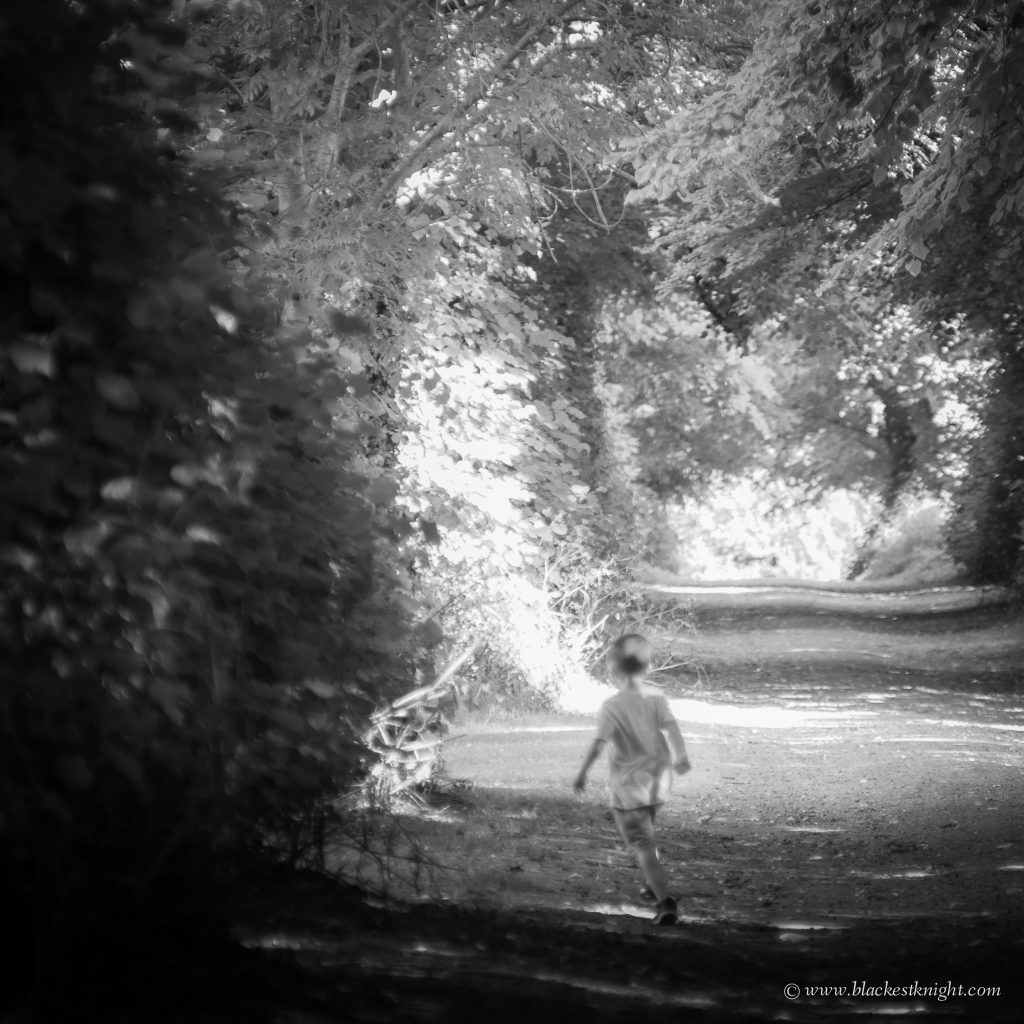– W. Eugene Smith
William Eugene Smith was born in 1918 in Wichita, Kansas. He took his first photographs at the age of 15 for two local newspapers. In 1936, Smith entered Notre Dame University in Wichita, where a special photographic scholarship was created for him. A year later he left the university and went to New York City, and after studying with Helene Sanders at the New York Institute of Photography. In 1937, he began working for News-Week (later Newsweek). He was fired for refusing to use medium-format cameras and joined the Black Star agency as a freelancer.
Smith worked as a war correspondent for Flying magazine (1943-44), and a year later for LIFE. He followed the island-hopping American offensive against Japan and suffered severe injuries while simulating battle conditions for Parade, which required him to undergo surgery for the next two years.
Once recuperated, Eugene Smith worked for LIFE again between 1947 and 1955, before resigning to join Magnum as an associate. In 1957, he became a full member of Magnum. Smith was fanatically dedicated to his mission as a photographer. Because of this dedication, he was often regarded by editors as ‘troublesome’.
A year after he moved to Tucson, to teach at the University of Arizona, Smith died of a stroke. His archives are held at the Center for Creative Photography in Tucson, Arizona.
Today, Smith’s legacy lives on through the W. Eugene Smith Fund to promote ‘humanistic photography’, founded in 1980, which awards photographers for exceptional accomplishments in the field.

